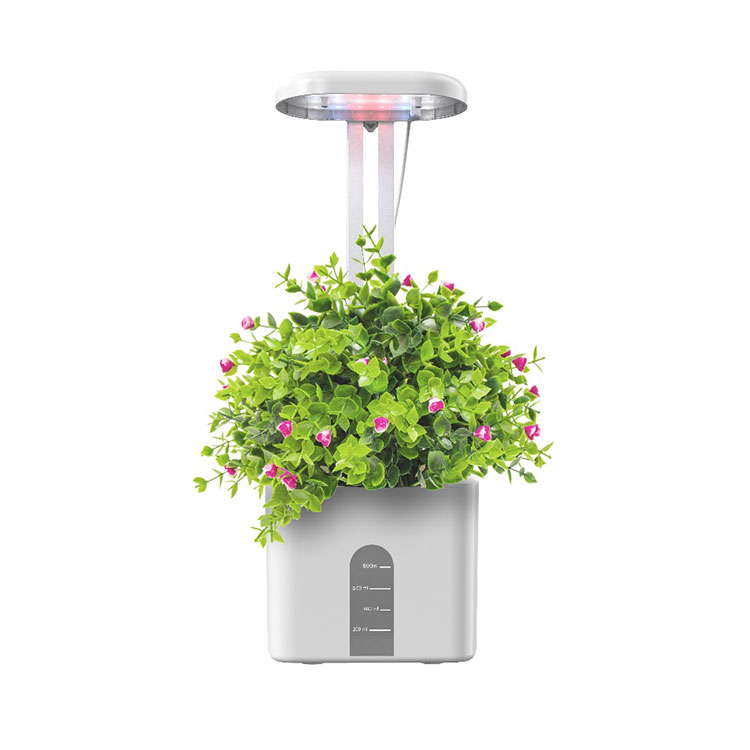Which LED light is best for plant growth?
2024-04-19
When choosing LED lights for plant growth, it's important to consider several factors, including light spectrum, intensity, efficiency, and coverage area. Here are some key considerations for selecting the best LED lights for plant growth:

1. Full Spectrum: LED grow lights that provide a full spectrum of light, including wavelengths in the blue, red, and far-red regions of the spectrum, are ideal for supporting all stages of plant growth, from seedling to flowering. A balanced spectrum mimics natural sunlight and promotes healthy development, photosynthesis, and flowering in plants.
2. Blue Light: Blue light (wavelengths around 400-500 nanometers) is essential for promoting vegetative growth, leaf development, and root formation in plants. LED grow lights with a high proportion of blue light are suitable for use during the vegetative stage of growth to encourage robust foliage and compact, bushy growth.
3. Red Light: Red light (wavelengths around 600-700 nanometers) is crucial for stimulating flowering, fruiting, and overall plant growth. LED grow lights with a high proportion of red light are beneficial during the flowering stage to enhance flower production, fruit development, and yield.
4. Far-Red Light: Far-red light (wavelengths around 700-800 nanometers) can promote flowering and photomorphogenesis (light-induced changes in plant growth and development). LED grow lights that include far-red wavelengths can help optimize plant growth and flowering responses.
5. Intensity and Coverage: LED grow lights should provide sufficient light intensity and coverage to meet the needs of your plants. Consider the size of your growing area and the light requirements of your plants when selecting LED lights with appropriate wattage, luminous flux (measured in lumens), and coverage area.
6. Efficiency: Choose LED grow lights with high efficiency and energy-saving features to minimize power consumption and operating costs. Look for lights with high efficacy (measured in micromoles per joule) and a long lifespan to maximize the return on investment and ensure consistent plant growth over time.
7. Adjustability and Control: Some LED grow lights offer adjustable light intensity, spectrum, and timing features, allowing growers to customize lighting conditions based on plant species, growth stage, and environmental factors. Lights with built-in dimmers, timers, and programmable settings provide greater flexibility and control over plant growth parameters.
8. Durability and Reliability: Opt for LED grow lights from reputable manufacturers known for producing high-quality, durable, and reliable products. Look for lights with robust construction, efficient heat dissipation, and long-lasting components to withstand continuous use and provide consistent performance in indoor growing environments.
Some popular types of LED grow lights for plant growth include:
- Full Spectrum LED Grow Lights: These lights provide a balanced spectrum of light that supports all stages of plant growth, from seedling to flowering, and are suitable for a wide range of plant species.
- Red-Blue LED Grow Lights: These lights focus on red and blue wavelengths, which are essential for promoting vegetative growth and flowering in plants. They are often used in combination with full spectrum lights or as supplemental lighting for specific growth stages.
- White LED Grow Lights: White LED lights emit a broad spectrum of light that includes blue, red, and other wavelengths, making them suitable for general plant growth and flowering. They offer a more natural-looking light compared to monochromatic red or blue lights.
Ultimately, the best LED light for plant growth depends on factors such as the type of plants being grown, growth stage, growing environment, budget, and personal preferences. It's recommended to research different LED grow light options, read reviews, and consult with experienced growers to determine the most suitable lighting solution for your specific needs and requirements.


